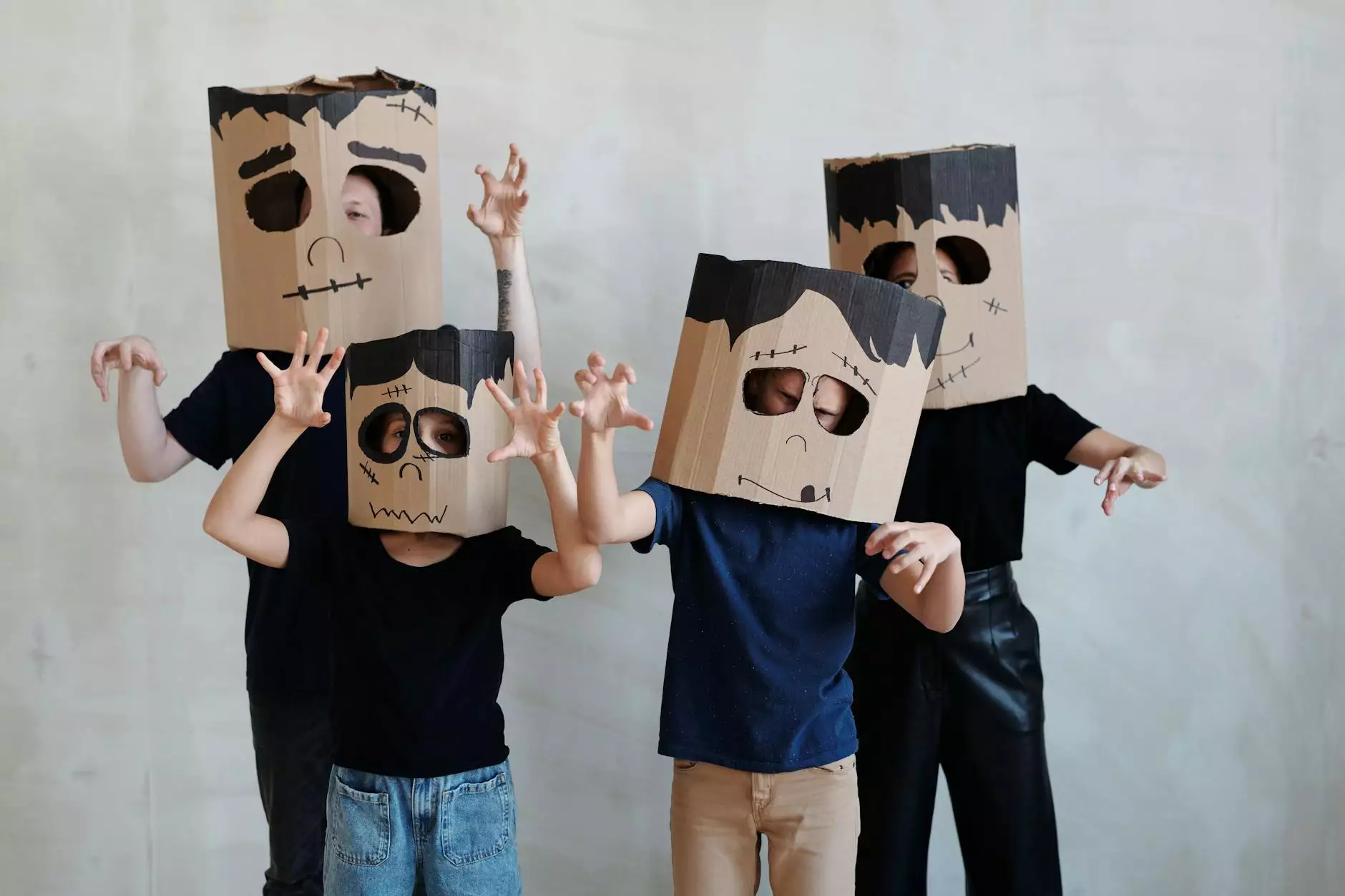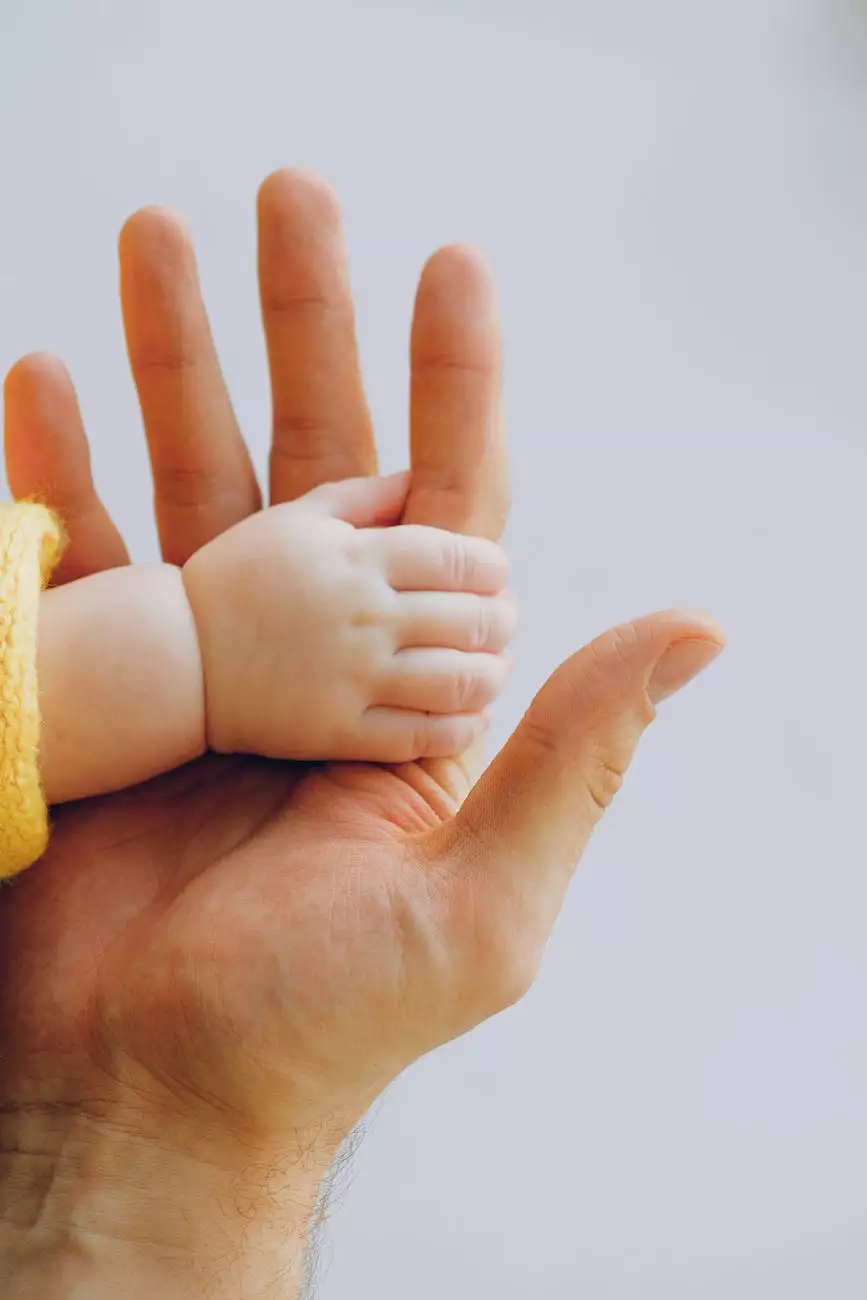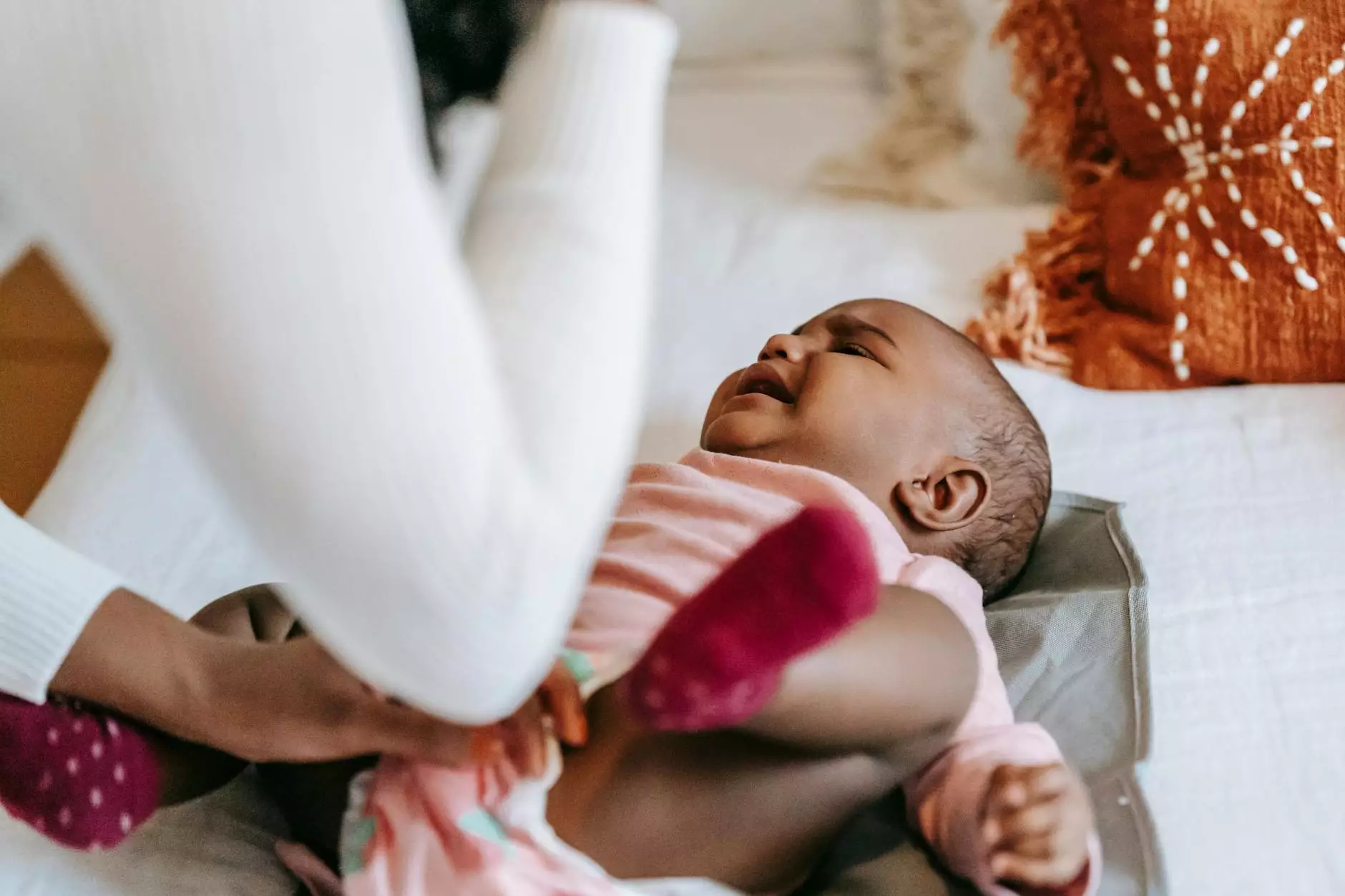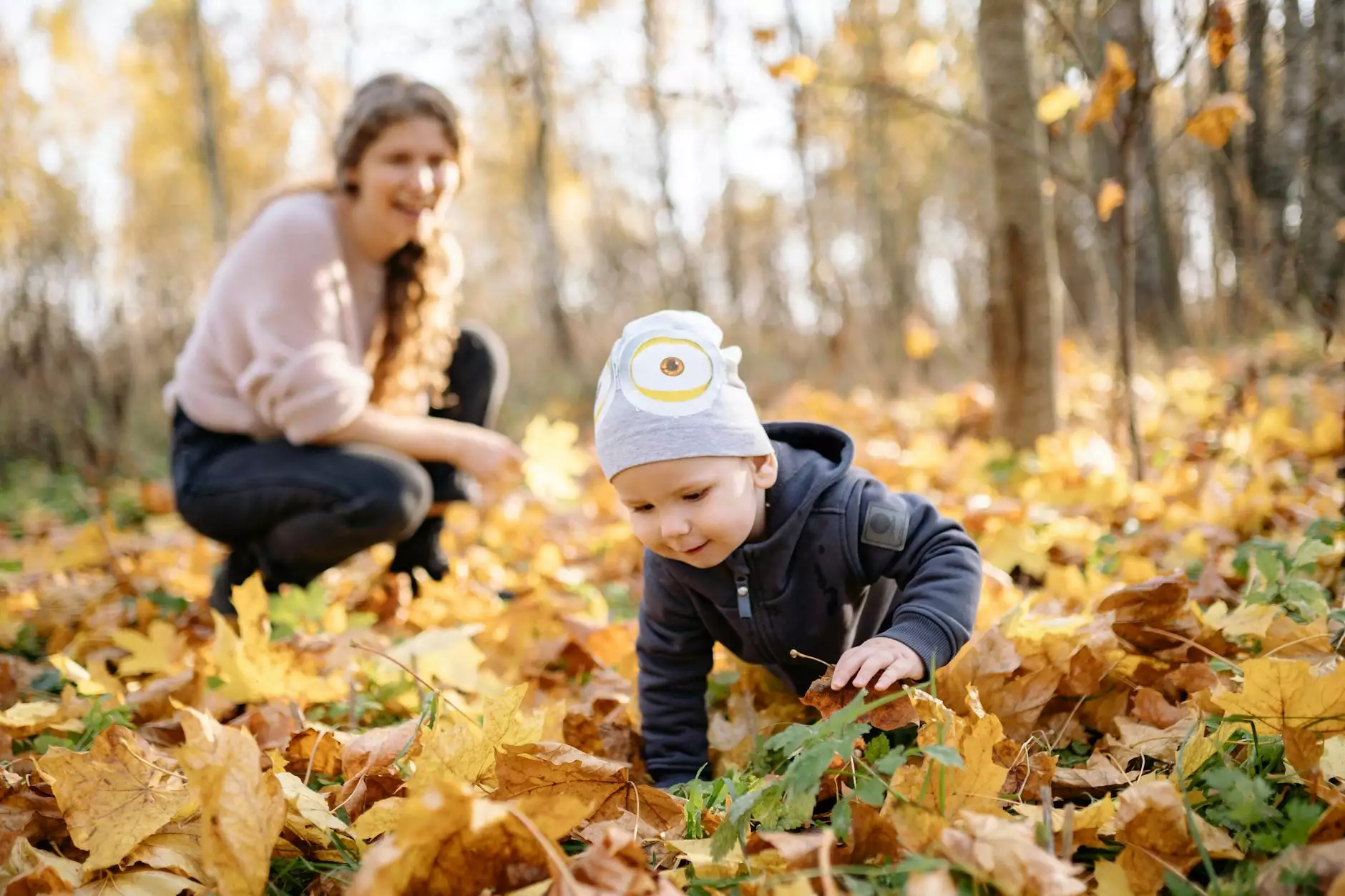Lice 101 – What Parents Need to Know for Safely Finding and Treating Lice
Health
Introduction
Welcome to Kelley Tim PA-C's comprehensive guide on lice – an all-too-common issue that parents encounter. In this detailed resource, we will equip you with vital information on how to find and safely treat lice in your children. As a trusted health professional specializing in the field, Kelley Tim PA-C shares expert advice that will empower you to tackle this pesky problem with confidence.
Understanding Lice
Lice are small insects that infest the scalp, hair, and sometimes even eyebrows and eyelashes. They are most commonly found in children, especially those who attend schools or daycare centers where close contact is inevitable. Contrary to popular belief, lice infestations do not signify poor hygiene, as lice can easily pass from one person to another through direct contact, shared combs, hats, or other personal items.
Types of lice include:
- Head lice (Pediculus humanus capitis) – usually found on the scalp and hair
- Body lice (Pediculus humanus corporis) – typically found on clothing and only move to the body for feeding
- Pubic lice (Pthirus pubis) – commonly found in pubic hair and other hairy regions of the body
Signs and Symptoms
Identifying a lice infestation can be challenging, but knowing the signs and symptoms can help you take prompt action. Common indicators include:
- Itching on the scalp or other affected areas
- Visible lice or nits (lice eggs) attached to hair shafts
- Red bumps or sores on the scalp, neck, or shoulders
Finding and Diagnosing Lice
Early detection and accurate diagnosis are crucial for effective lice treatment. When examining your child's scalp or hair, keep an eye out for lice or nits, particularly behind the ears, at the nape of the neck, and around the crown. Using a fine-toothed comb can help you comb through the hair more efficiently, increasing your chances of finding these tiny pests.
Treating Lice Safely
Now that you've identified a lice infestation, it's time to take action. Effective lice treatment involves a multi-step approach that includes:
- Using over-the-counter or prescription lice treatments:
- Removing lice and nits:
- Cleaning and disinfecting:
- Preventing reinfestation:
There are various treatments available, including shampoos, gels, or lotions specifically formulated to eliminate lice. Consult with Kelley Tim PA-C or your healthcare provider to determine the most suitable option for your child.
After applying the treatment, carefully comb through the hair with a fine-toothed comb to remove dead lice and nits. This step may need to be repeated several times to ensure complete elimination.
Wash and dry all bed linens, clothing, and personal items (such as hats or hair accessories) that may have come into contact with lice. Vacuum the living areas and car seats thoroughly to eliminate any remaining lice or eggs.
Encourage your child to avoid head-to-head contact with others, discourage sharing personal items, and regularly check for lice to catch any potential infestations early.
Expert Tips for Lice Prevention
Prevention plays a significant role in minimizing the risk of lice infestations. Here are some additional tips to consider:
- Teach your child to avoid sharing personal items such as combs, brushes, hats, scarves, and hair accessories.
- Instruct your child to keep a safe distance during activities that involve close contact, such as taking selfies or hugging friends.
- Regularly inspect your child's scalp and hair for any signs of lice, especially if there has been a recent exposure or outbreak.
- Consider tying long hair up or in braids to minimize opportunities for lice transfer.
Seek Professional Guidance
While lice infestations can often be managed at home, it's essential to consult a healthcare professional like Kelley Tim PA-C for persistent or severe cases. They can provide expert guidance, recommend effective treatments, and help alleviate any concerns or questions you may have.
Conclusion
Armed with the knowledge provided in this comprehensive guide, you are now equipped to tackle lice infestations with confidence and efficiency. Remember, lice infestations are a common occurrence, and quick action combined with proper treatment and prevention strategies can effectively resolve this issue.
For more personalized advice and assistance, don't hesitate to reach out to Kelley Tim PA-C, a dedicated healthcare professional specializing in lice treatment and prevention.




